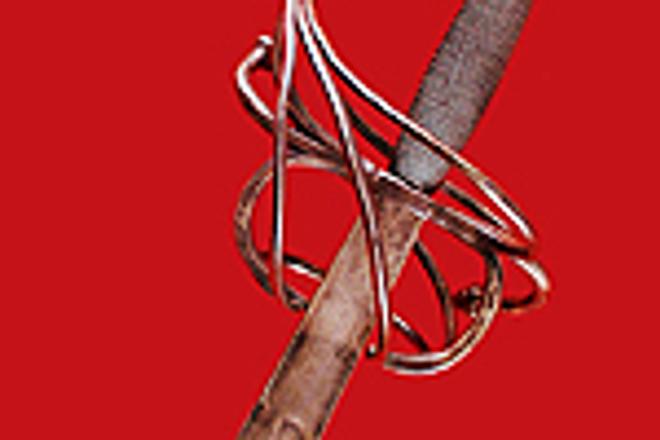photo: Courtesy of SNM
THE SLOVAK National Museum (SNM) opened a unique exhibition of historical weapons titled Ad Honorem et Gloriam (For Honour and Glory) on November 27. Running at the Bratislava Castle until September 2005, the exhibition maps the military history of the Hungarian part of the Austro-Hungarian Empire over four hundred years, from the 16th to 19th century.
There are around 360 articles exhibited. Among the "cold weapons", visitors can see swords, rapiers, halberds, Hussite weapons, and Turkish sabres; the firearms include various guns and pistols. There are also samples of cavalry armour from the time.
According to the organisers, the exhibits point not only to the technical development of the time but also to the artistic feeling of that era. Seventy period paintings and graphic works, capturing everyday martial life and scenes from known as well as lesser-known battles, help to illustrate the history of these centuries.
The exhibition starts with the defeat of Hungarian king Louis of the Yagelons at the Battle of Mohács in 1526 and ends with the Battle of Lamač in 1866, when Bratislava became the battlefield for Prussian and Austrian armies.
Exclusively, and for the first time in Slovakia, visitors will have a chance to see part of the rare weapons collection of the aristocratic Pálffy family, which consists of the most luxurious hunting rifles created by significant riffle masters in the 17th and 18th centuries. The exhibition also displays two swords that belonged to a Bratislava city executioner, the blade of one of which is covered with names of the executed on one side and the hanged on the other.
"Each executioner had to be a master of his craft, because if he failed to separate the head from the body on the first attempt, the surrounding crowd could kill him. For that reason the swords are also evidence of the technological uniqueness of the weapon," reads the museum's statement.


